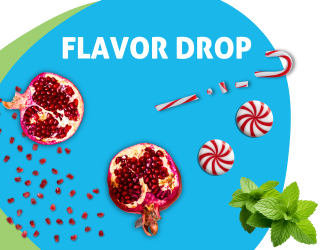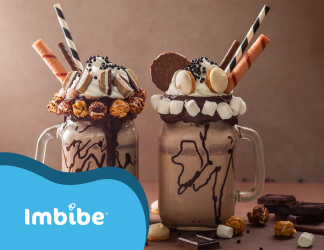Your source for the most up-to-date information on emerging beverage trends.
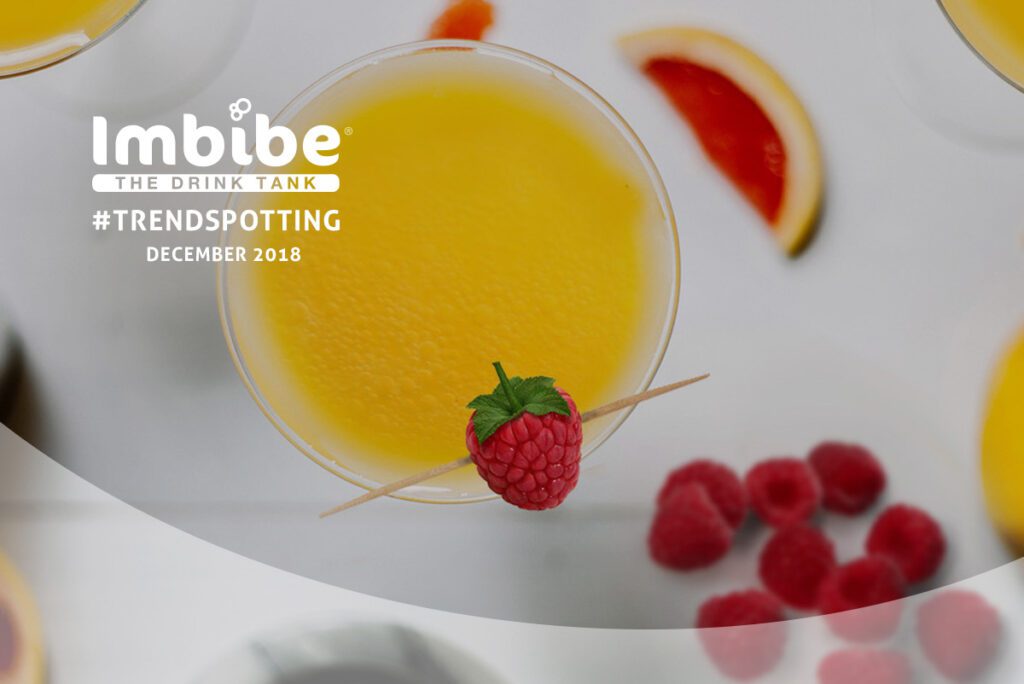
2019 Beverage Trend Predictions
The New Year is around the corner and Imbibe’s beverage experts predicted what will be top new trends in 2019. Trends won’t differ drastically from 2018 but expect products to have a strong global influence and represent a more holistic view of health and wellness by supporting mental, physical and environmental health.
Here are the top trends to look for in 2019.
- Functional Beverages
- Plant-Based
- Flavors
- Attribute Manipulation
Functional Ingredients


Hemp-derived Cannabidiol (CBD) is suggested to have a wide range of benefits and will be a popular ingredient in products across beverage categories next year and beyond. It’s also risqué in nature because of the controversial sourcing of the ingredient, which may add to its appeal.
Probiotic-rich and probiotic-fortified beverages won’t lose momentum in 2019. Shrubs are another gut-friendly beverage category made with fruit and vinegar which is said to alkalize the gut. They’re dominating cocktail menus and appearing in spritzers and mocktails.
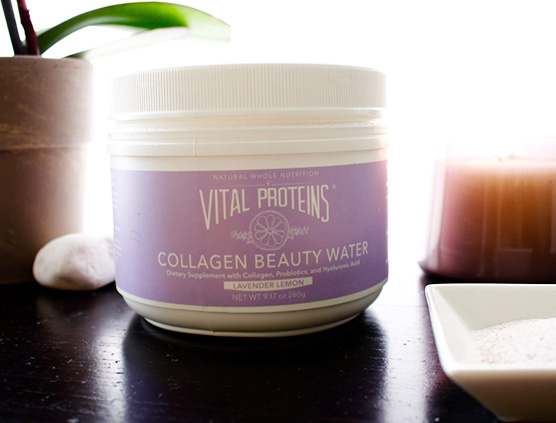
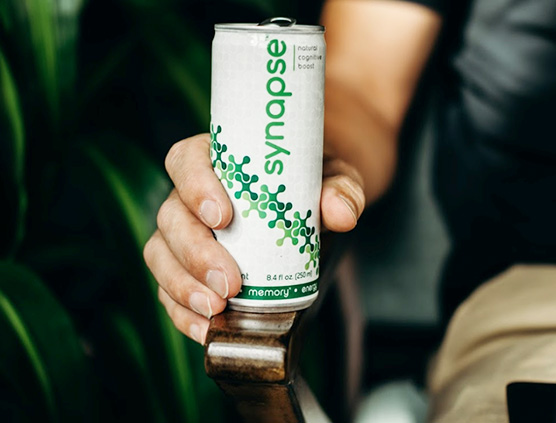
Beauty enhancing ingredients are becoming more mainstream, and collagen is the rising star. Collagen is in the spotlight because it’s suggested to support the enhancement of hair, skin and nails as well as improve joint health.
Ingredients like L-Theanine, Omega-3 Fatty Acids, B12 and Gingko Biloba are suggested to support memory, focus, and clarity. These ingredients may be a little niche, but as demand for beverages that improve cognitive function grows these brain-boosting ingredients will be found in more products.

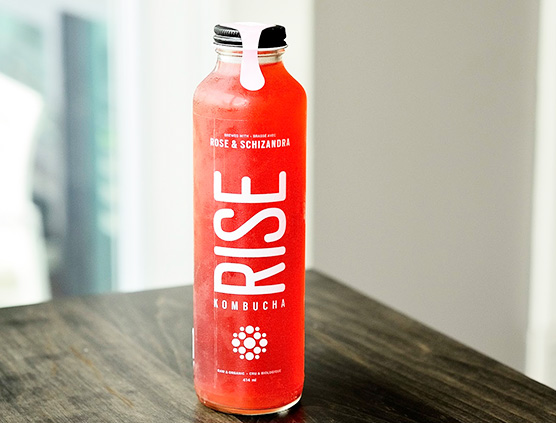
Ingredients like blue algae, beet, matcha, butterfly pea flower, and purple tea make beautiful beverages that are chock-full of health benefits which has made them a staple on Instagram.
Turmeric, medicinal mushrooms, schisandra, ashwagandha, and goji berries have a history in Ayurveda and traditional Chinese medicine and will be top functional ingredients in new beverage launches.
Plant-Based
According to NDP Group, plant-based product claims experienced a CAGR of 62% worldwide from 2013 to 2017. For beverages, the largest plant-based category is non-dairy milk alternatives. Almond milk has the lion’s share of the category followed by soy and coconut milks but expect
niche plant-based dairy alternative products with better-for-you ingredients like oat, chickpea, and sesame to hit shelves.
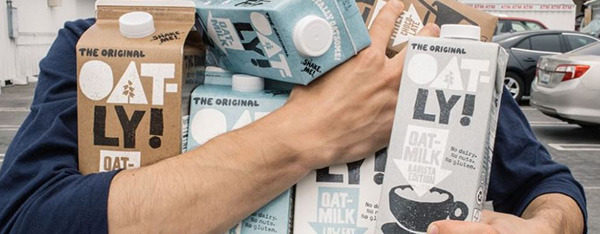
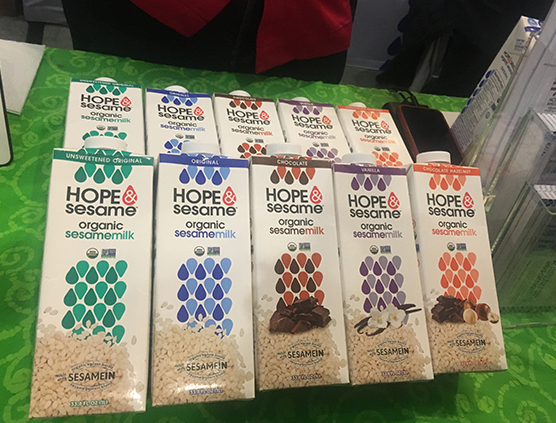
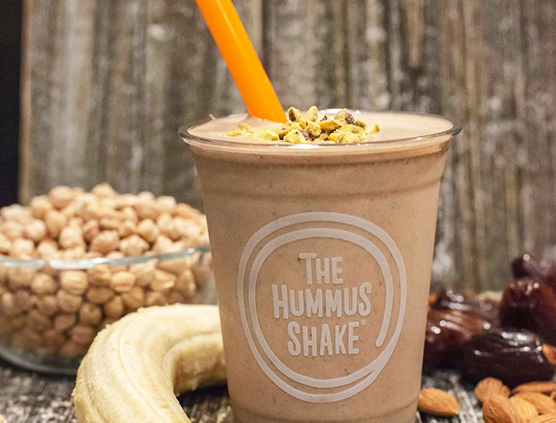
Flavors
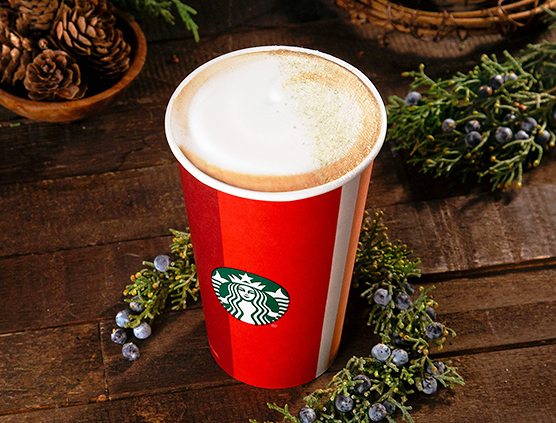
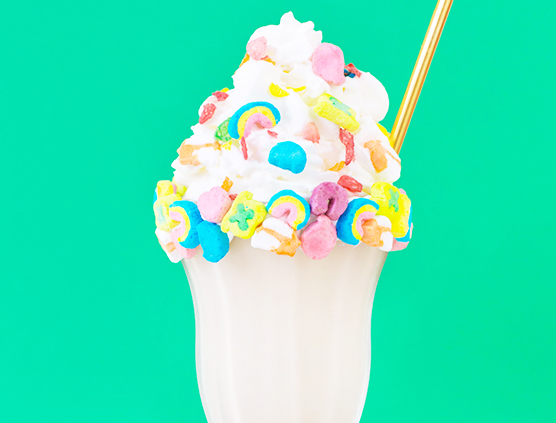
Botanical flavors like lavender, elderflower, rose, and juniper will be in sparkling waters, craft sodas, lemonades or other juices, coffee, and tea.
Flavors that trigger pleasant feelings of nostalgia like cereal milk, s’mores, birthday cake, and cookie dough are evergreen and will be especially popular in coffee beverages, protein shakes, and cocktails.

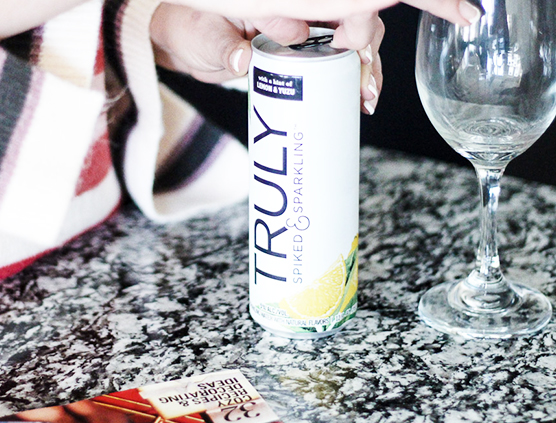
Spicy and exotic flavors that derive from Asian and Latin American countries like cardamom, ginger, Chinese Five Spice, cayenne, jalapeño, chili, and habanero will be popular in indulgent beverages, cocktails, coffee, tea and juice.
True-to-fruit flavors from Latin America and Asia like yuzu, Meyer lemon, clementine, blood orange, and guava will be widely represented on menus and in RTDs next year.
Attribute Manipulation

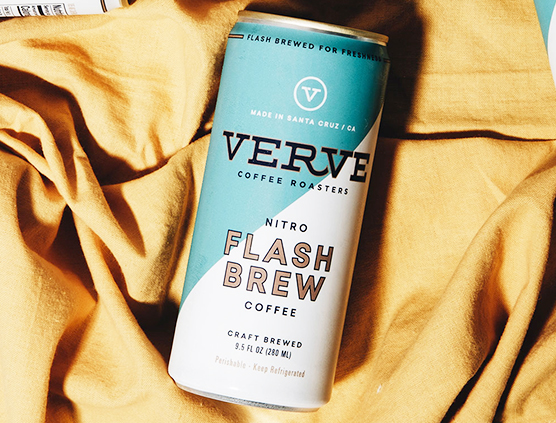
Carbonation will continue to be added to beverages like coffee, tea, and juice. Nitrogen infusions will expand to product categories like juice, protein beverages, and pre-mixed cocktails. Whipped beverages that impart a creamy mouthfeel will also appear in foodservice and retail.
Flash-brewed coffee is very much an emerging trend, but it’s an important one as many beverage industry professionals have questioned what coffee products will compete with the popularity of cold brew. Proponents of the flash brew method claim the brewing method results in a bright, crisp and full-flavored product.
Request to receive #Trendspotting emails by contacting thedrinktank@imbibeinc.com.
Check out more on #TRENDSPOTTING. Visit our blog here.


